Ancient Egypt has always stirred curiosity, but many parts of its past are unresolved. Researchers keep digging, scanning, and debating, yet these questions continue to resist answers. Some of the most basic facts—how certain monuments were built, where key rulers were buried, or why some structures were abandoned—are still unknown.
Sometimes, written records help, but there are times when they rely entirely on fragments, damaged artifacts, or speculation. Here are a few such mysteries that remain open despite decades of serious investigation.
Disappearance Of Queen Nefertiti
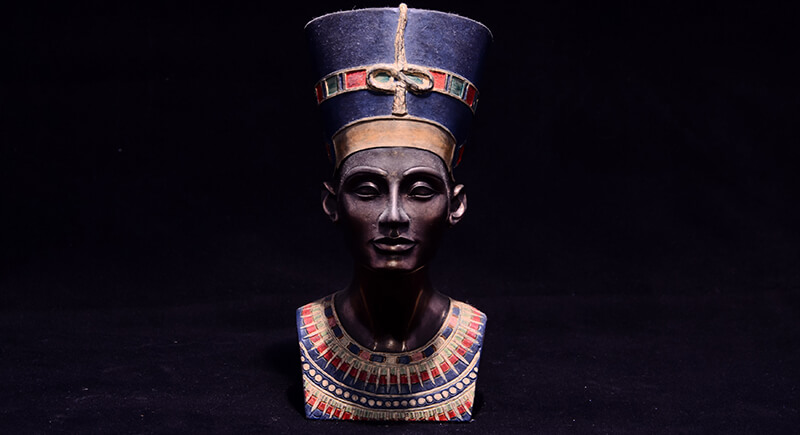
Anyone interested in royal power during Egypt’s 18th Dynasty ends up studying Nefertiti. Her image appears throughout temples, and she stood beside Akhenaten during a major religious shift. Then, without explanation, she disappears. Her tomb hasn’t been found, and no records disclose her passing.
King Tut’s Demise
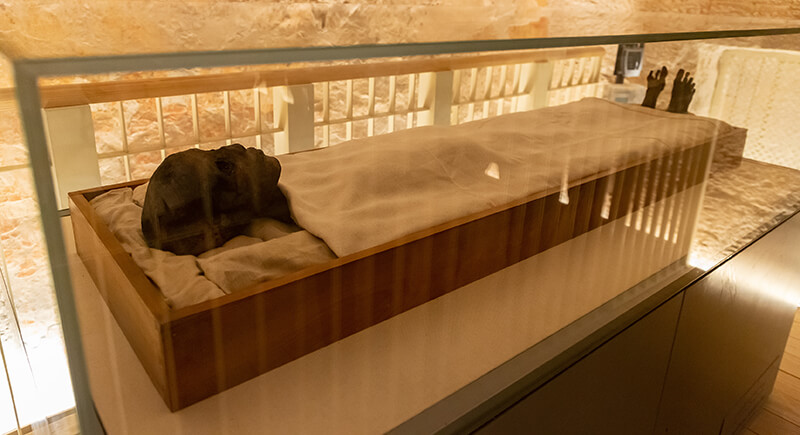
Tutankhamun ruled for nearly a decade before dying as a teenager. His tomb provided rich artifacts but few clues about his death. CT scans revealed fractures, which prompted theories of an accident or foul play. DNA evidence later showed signs of malaria and genetic illness, but the real cause is hidden.
No Confirmed Location for the Land of Punt
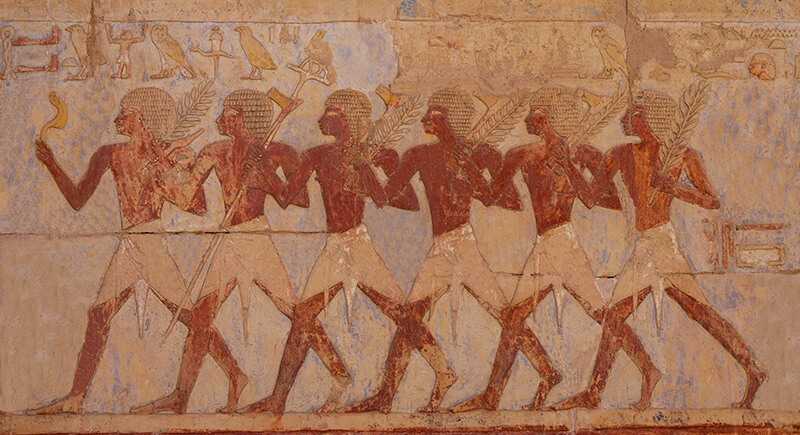
Egyptian scribes discussed Punt as a place rich in resources and spiritual significance. They recorded expeditions that returned with incense, gold, and exotic animals. Yet no physical site has matched these accounts.
The Pyramids’ Construction
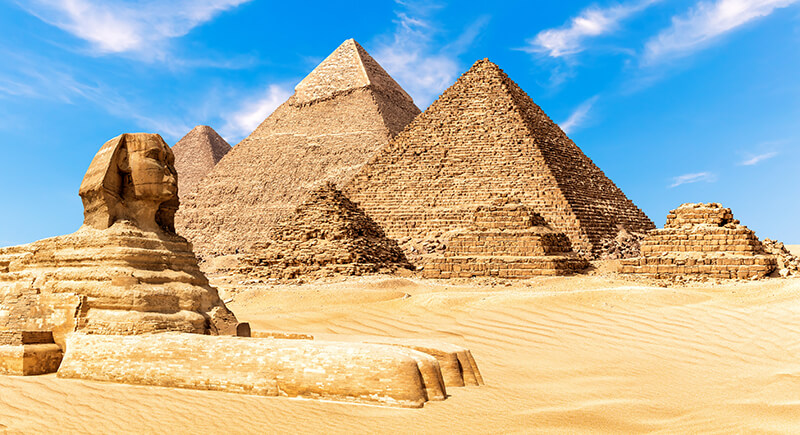
Engineers and archaeologists continue to debate how Egypt’s massive pyramids were built. According to some, ramps were used, yet others believe canals brought stones closer to the site. Excavated worker camps think it is a coordinated labor system, not forced slavery. The scale and precision of the pyramids are unmatched by modern efforts using similar materials.
Unexplored Chamber in Khufu’s Pyramid
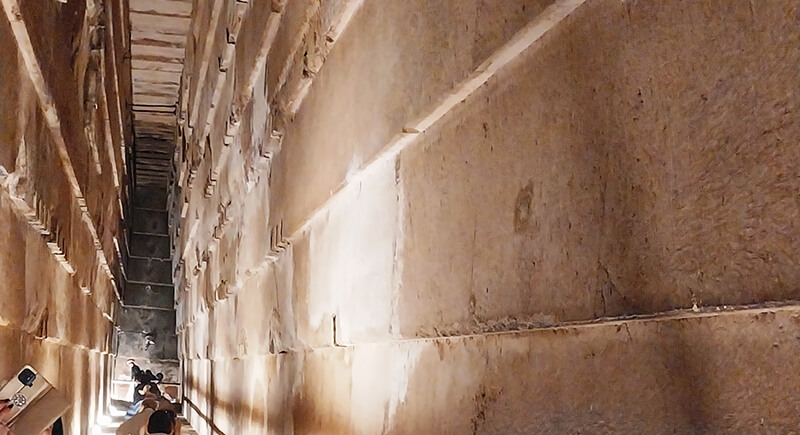
A 2017 project used muon scans to explore Khufu’s pyramid without digging. The results showed a large void above the Grand Gallery and a chamber that lacks visible entrances and doesn’t connect to known passages. Since excavation could damage the structure, experts now face a mystery they cannot examine directly.
Cleopatra’s Tomb Has Never Been Found
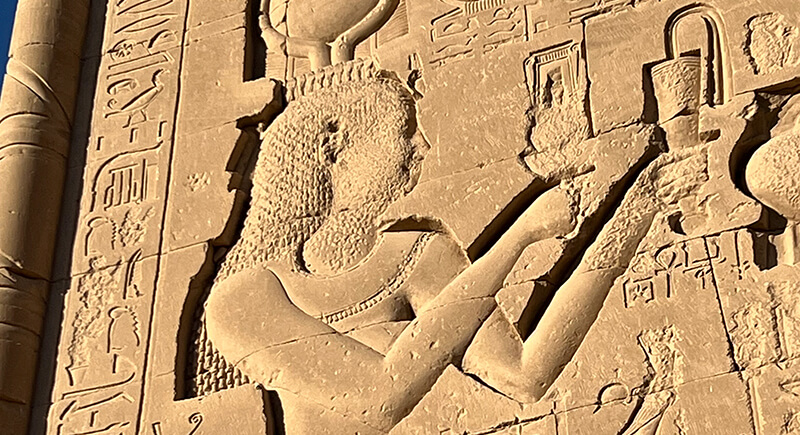
Historical records say Cleopatra took her last breath in 30 BCE and wanted to be buried with Mark Antony. Ancient writers placed their tombs near Alexandria, but centuries of earthquakes and floods have buried much of the area. Archaeologists searched the Taposiris Magna temple site for clues; they uncovered coins and statues, but none of which confirmed the tomb’s location.
The Curse of King Tut’s Tomb
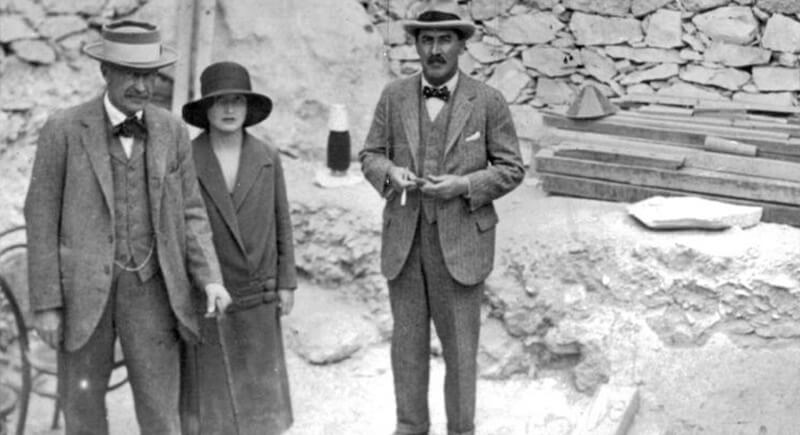
Soon after Tutankhamun’s tomb was opened, stories spread about strange deaths among the excavation team. Lord Carnarvon, who financed the dig, died weeks later. Newspapers ran dramatic headlines about a pharaoh’s curse. Scientists blamed bacteria or mold sealed inside the tomb for centuries.
A Mummy Wrapped in Ancient Italian Text
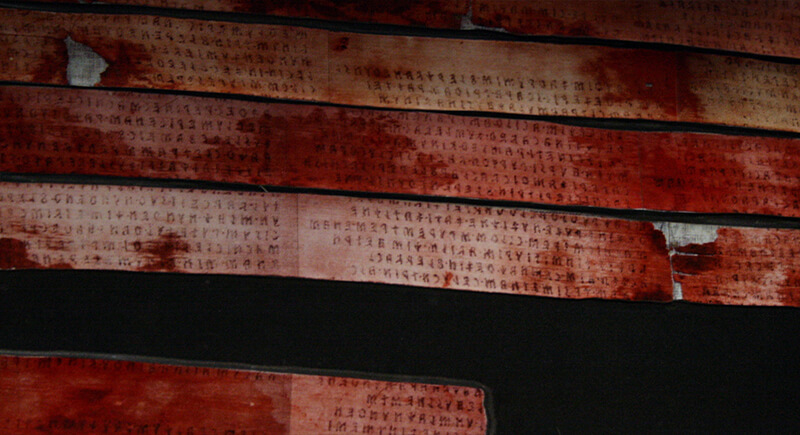
In the 19th century, a mummy purchased in Alexandria revealed an unexpected detail. Its wrappings were covered not in hieroglyphics but in Etruscan text, an ancient Italian language. Experts translated parts of the script and linked them to funeral rituals. They proposed that the woman, named Nesi-Hensu, fled Egypt during the Roman conflict.
A Carving in Dendera
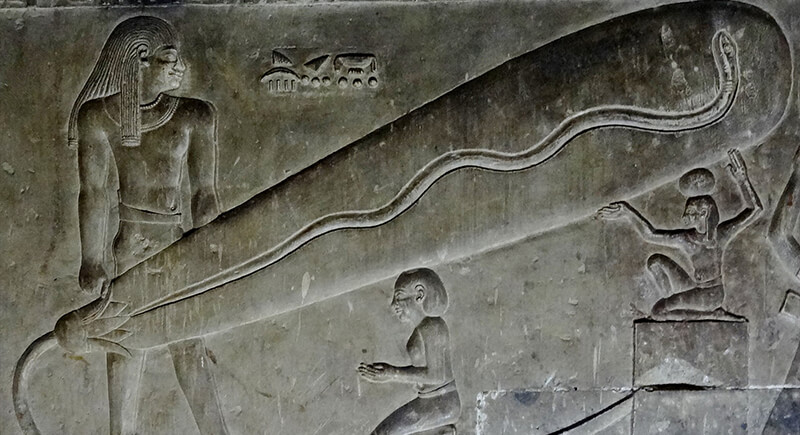
Inside the Temple of Hathor, one relief shows a long oval with what looks like a coiled snake inside. A pillar supports the image, and human figures stand around it. Some interpret it as a Crookes tube, a type of early lightbulb. On the other hand, most archaeologists say the carving represents a religious scene, not technology.
Lost Labyrinth at Giza

Greek historian Herodotus talked about a vast labyrinth near Giza with thousands of rooms. Modern scholars long dismissed it as a myth. But in 2008, ground-penetrating radar detected a large rectangular structure beneath the sand near the pyramids. If it matches ancient accounts, the structure could rewrite what we know about Egypt’s architecture.
The Destruction of the Pyramid of Djedefre
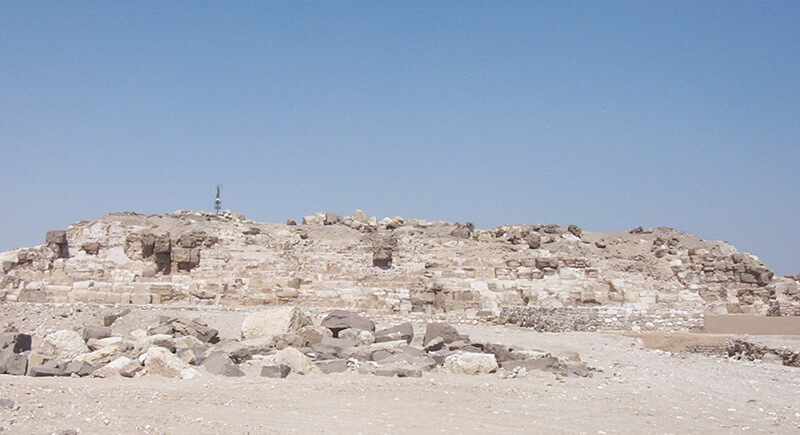
Djedefre’s pyramid once stood at Abu Rawash and might have matched the size of the smaller Giza pyramids. Today, only its foundation stands. No inscriptions explain why the pyramid vanished so thoroughly. However, the damage appears intentional, possibly in light of political unrest or religious conflict.
Water Damage on the Sphinx
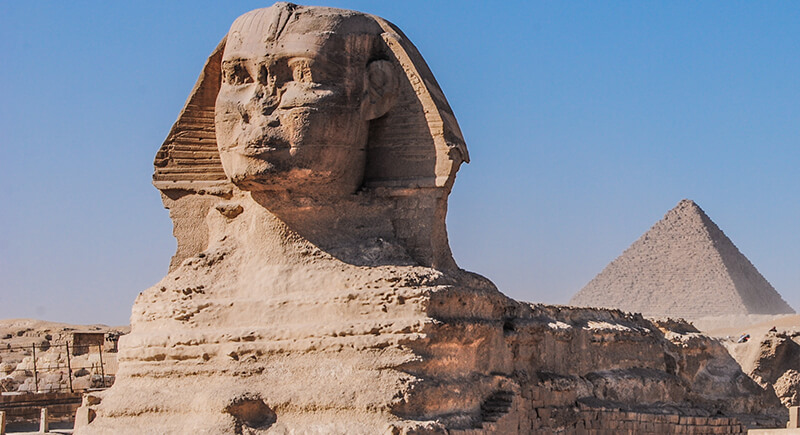
Geologists noticed erosion on the Sphinx, which looks like it came from heavy rainfall. That kind of weather didn’t exist in Egypt when the Sphinx was supposedly built. This detail suggests that the monument could be thousands of years older than expected. Egyptologists have debated this idea but haven’t reached a consensus.
Queen With No Known Name
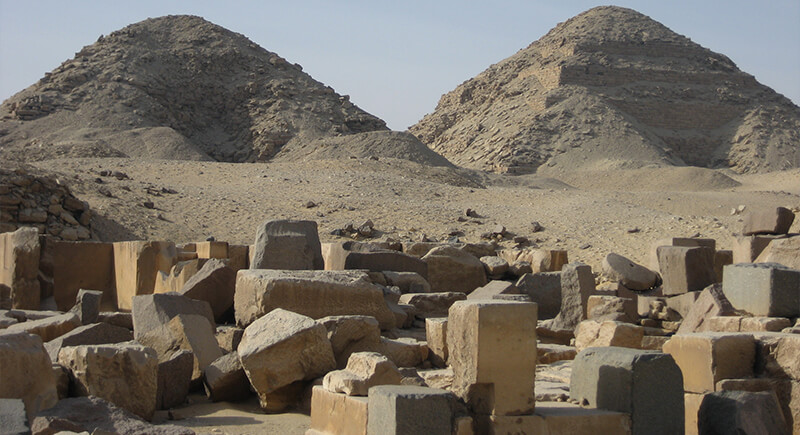
Archaeologists found a large tomb at Abusir for a royal woman whose name isn’t recorded anywhere else. Inscriptions call her both “king’s wife” and “king’s mother,” suggesting she held power, but no other texts mention her. The lack of records leaves her true identity and her place in Egypt’s royal history unknown.
Sphinx Parts Found in Israel
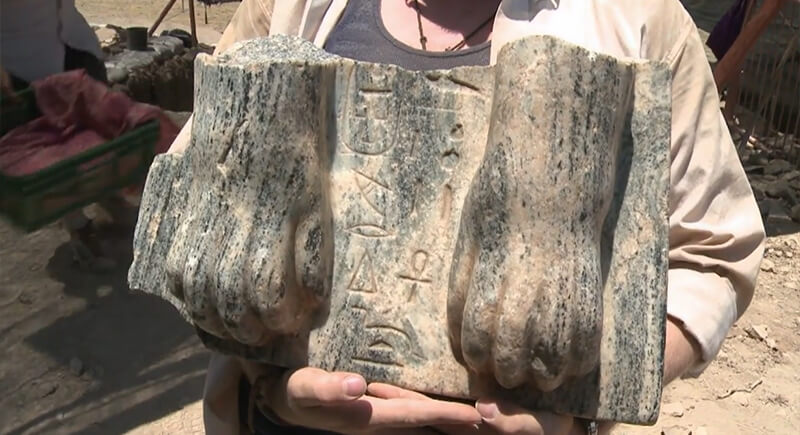
At Tel Hazor, archaeologists uncovered the base and paws of a sphinx that originated in Egypt’s Old Kingdom. The fragment is about three feet long and carries an inscription naming Pharaoh Menkaure. Hazor’s role as a major crossroads between Egypt and Mesopotamia likely explains how this Egyptian statue ended up in northern Israel.
Transport Boats of the Pyramids
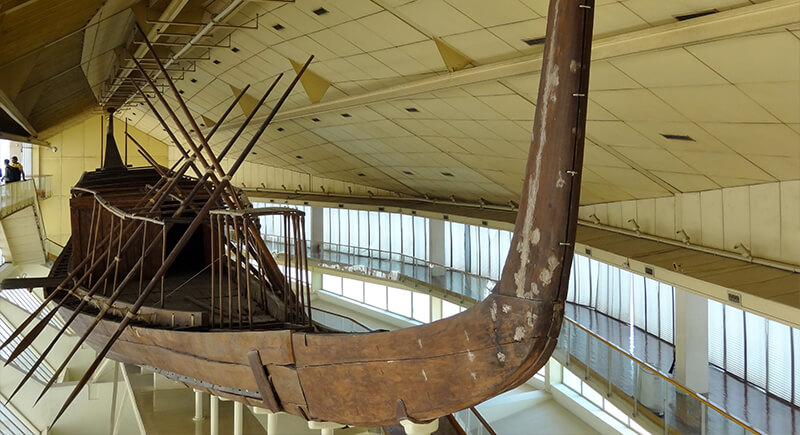
Excavations near the Great Pyramid revealed a deep limestone pit filled with neatly stacked cedar planks. These turned out to be the disassembled pieces of Khufu’s solar boat, later reconstructed with astonishing precision. A second pit nearby, uncovered but long left unopened, contained another vessel.